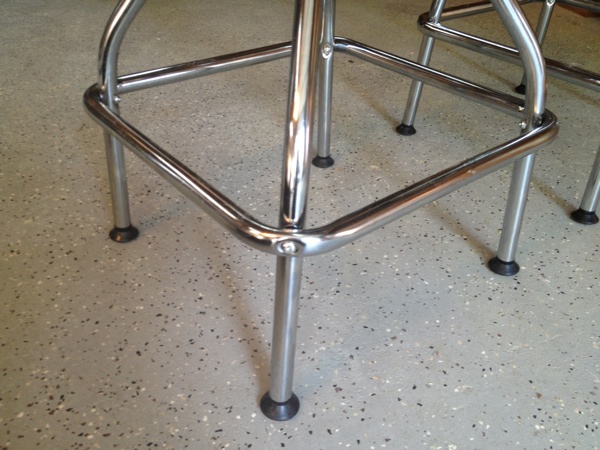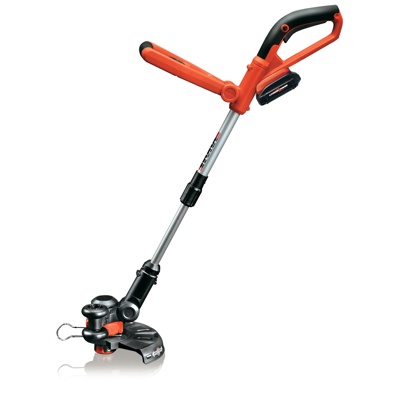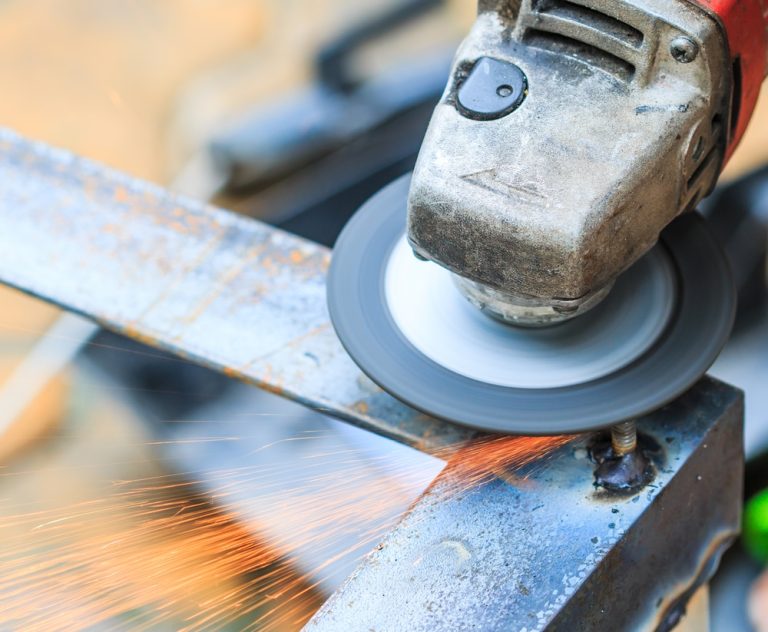A Complete Guide to Screws: Types, Sizes, and Installation
Screws are vital fasteners used in a broad range of projects, from simple home fixes to complex construction jobs. Understanding the different types, sizes, and applications of screws can greatly enhance the effectiveness and durability of your work.

What are the different types of screws?
- There are many types of screws, each suited for specific purposes. Common types include wood screws, machine screws, lag screws, and concrete screws. They vary in thread design, head configuration, and the materials they are made from.
How do you choose the right screw size?
- Choosing the appropriate screw size involves considering the material to be fastened, the load it will bear, and the thickness of the materials involved. Screws are usually measured by their diameter (gauge) and length (in inches or millimeters).
What are the advantages of using screws over other fasteners?
- Screws have several benefits, including strong holding power, easy installation with a screwdriver or drill, and the ability to be removed without damaging the material. They offer a reliable and secure fastening solution for various materials.
How should screws be properly installed?
- Proper screw installation involves drilling pilot holes, matching the screw type to the material, and using the correct driving technique to avoid stripping the screw head or damaging the material. Tighten screws firmly but do not over-tighten, as this can weaken the joint.
Screws are versatile and essential fasteners that play a crucial role in construction, woodworking, and everyday tasks. Understanding the various types, sizes, and installation methods will help you choose the right screw for your specific needs, ensuring strong and reliable connections.




